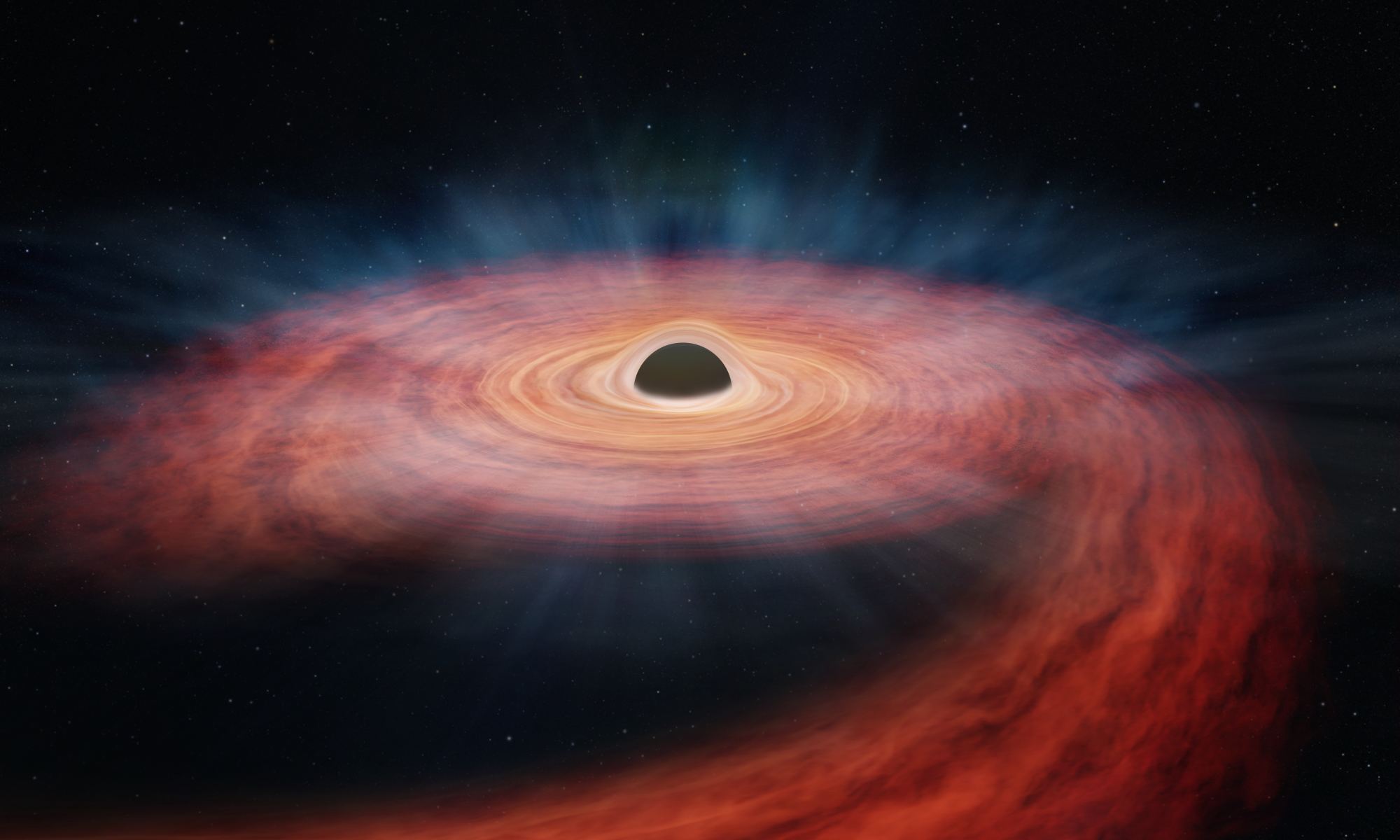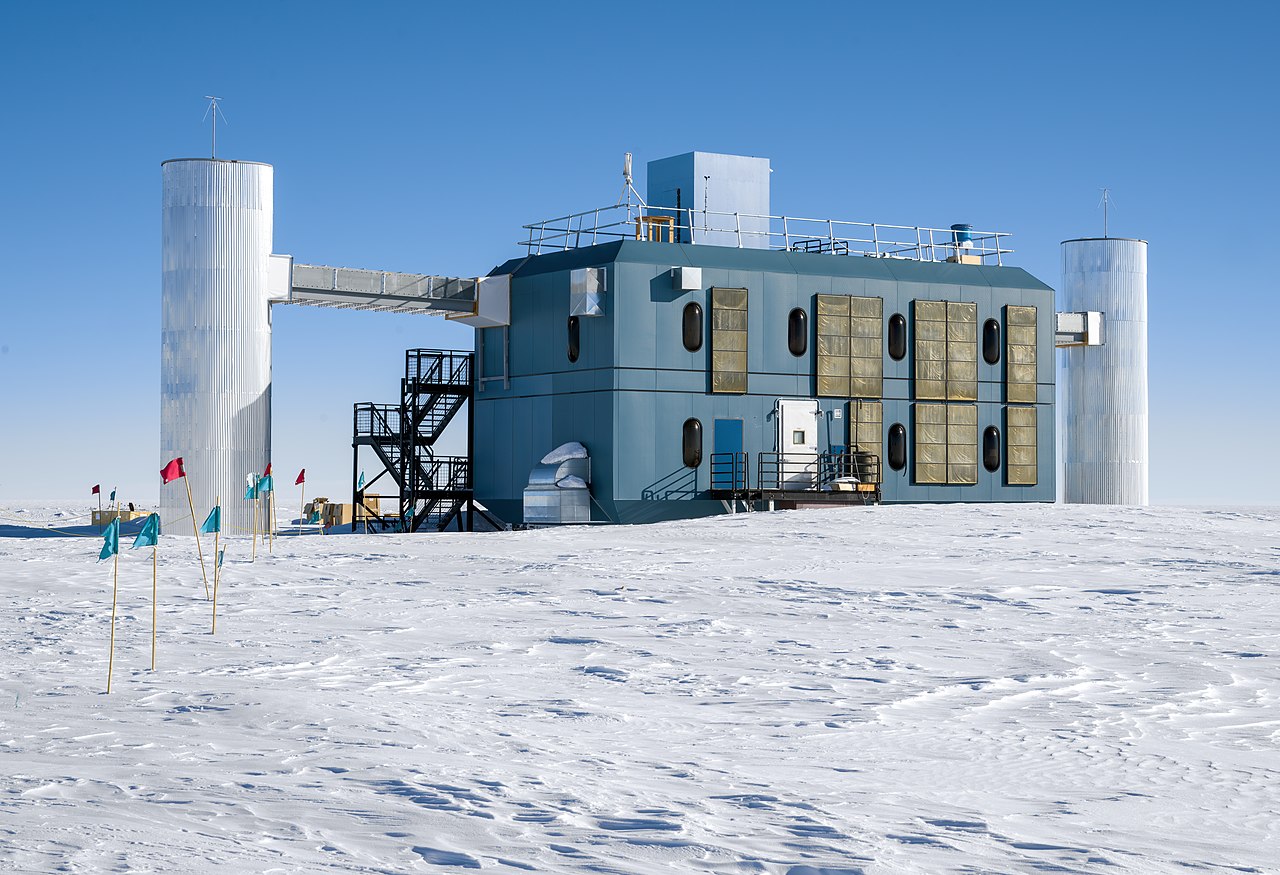When a black hole consumes a star, things can get quite messy. Take, for example, the event known as ASASSN-14li, where a massive star strayed too close to a supermassive black hole and paid the ultimate price.
Continue reading “A Giant Black Hole Destroyed a Star and Threw the Pieces Into Space”Hackers are Attacking Observatories

Why would anybody want to hack an observatory? That’s the question facing IT professionals at NOIRLab after somebody tried to crack the computer systems at Gemini North in Hawai’i. The cyber break-in and ongoing investigation by NOIRLab and National Science Foundation experts affected observations and operations in Hawai’i and Chile.
Continue reading “Hackers are Attacking Observatories”IceCube-Gen2: 8 Cubic Kilometers of Ice, 5 Times the Sensitivity
The IceCube Neutrino Detector is an observatory unlike any other. Using sensors embedded inside a square kilometer chuck of Antarctic ice, it detects tiny particles called neutrinos, which rarely interact with ordinary matter and are incredibly hard to capture. IceCube has had several major successes in the last few years, including this summer’s announcement of a neutrino map of the Milky Way galaxy. But scientists are pushing up against the limits of IceCube’s capabilities, and plans are in the works for IceCube-Gen2: a detector 5 times as sensitive and 8 times as large, with a radio antenna array across four hundred square kilometers. IceCube Gen2 will increase the number of neutrino detections by an order of magnitude, and will be able to better pinpoint the sources from which the neutrinos are emitted.
Continue reading “IceCube-Gen2: 8 Cubic Kilometers of Ice, 5 Times the Sensitivity”One of Neptune's Dark Spots Finally Seen From Earth
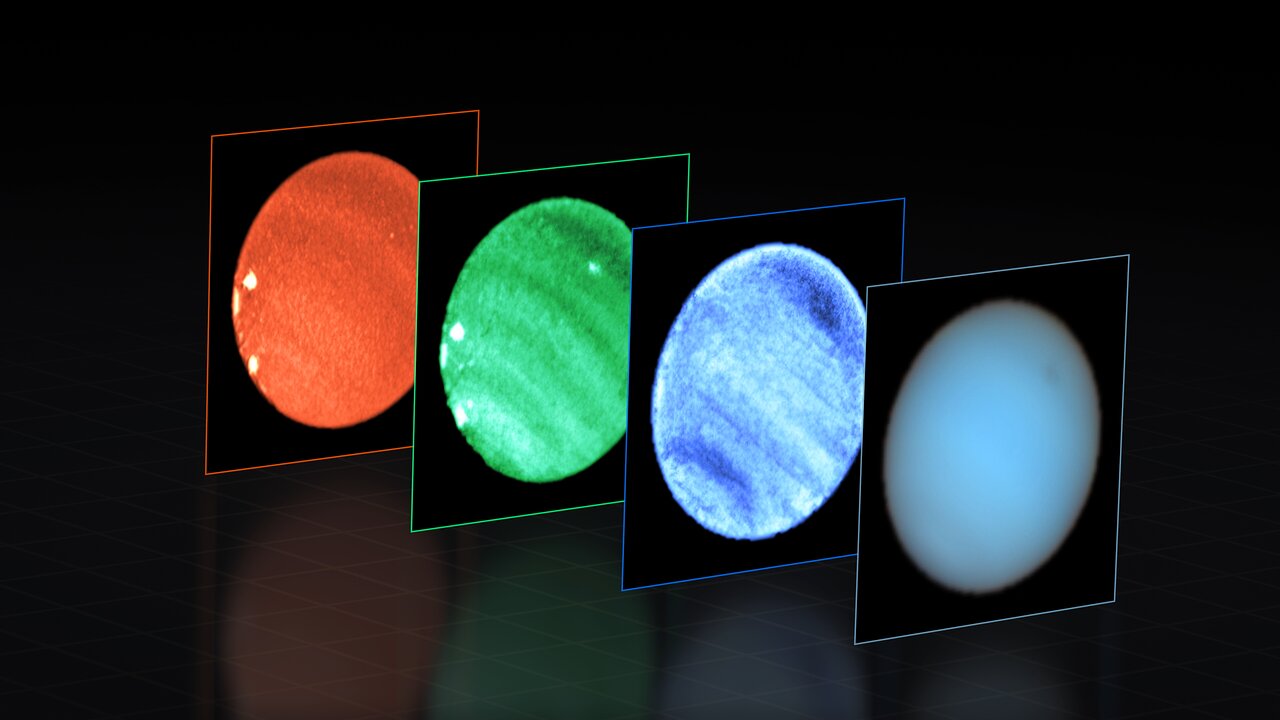
There’s no getting around it: our Solar System’s gas giants all have big, conspicuous spots on their faces. These include Jupiter’s Great Red Spot, Saturn’s Great White Spot, Uranus’ Great Dark Spot, and Neptune’s Great Dark Spot. Far from blemishes or features that tarnish the planets’ natural beauty, these “spots” are caused by massive storms or other processes in the planets’ atmospheres. While they are extremely large by Earth standards, they are difficult to study by anything other than robotic probes that can get close to the planet.
Neptune’s Great Dark Spot was not discovered until NASA’s Voyager 2 probe flew past the planet in 1989 on its way to the edge of the Solar System. Decades later, scientists are still unsure how this storm originated or what mechanisms drive it today. Using the ESO’s Very Large Telescope (VLT), a team of astronomers was able to observe the Great Dark Spot for the first time using a ground-based telescope. Their results provided the most detailed data on the spot to date and some interesting insights into the nature and origin of this mysterious feature.
Continue reading “One of Neptune's Dark Spots Finally Seen From Earth”Neptune's Cloud Cover is Linked to the Solar Cycle
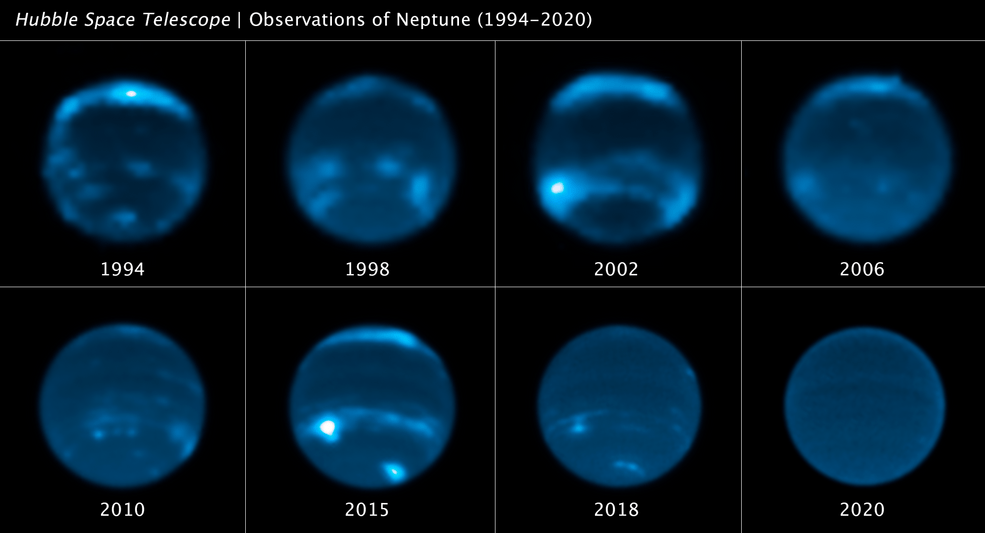
Whenever Neptune reaches its closest point in the sky to Earth, its portrait is taken by the Hubble Space Telescope and other ground-based observatories. Watching the planet from 1994 to 2020, astronomers have made puzzling discovery.
The clouds in Neptune’s atmosphere appear to be to be linked to the solar cycle and not the planet’s cycle of seasons. The global cloud cover seems to come and go in a cycle that apparently syncs up with the Sun’s 11-year cycle, as it shifts from solar maximum to solar minimum or vice versa. This is surprising since Neptune is so far from the Sun and receives about 0.1% of Earth’s sunlight.
Continue reading “Neptune's Cloud Cover is Linked to the Solar Cycle”TESS Has Found Thousands of Possible Exoplanets. Which Ones Should JWST Study?
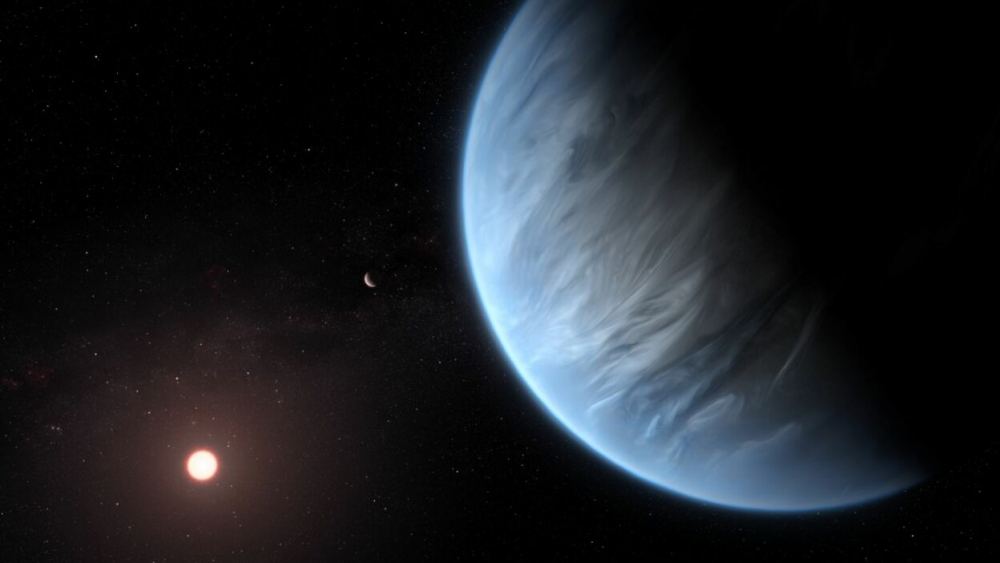
There are more than 5,000 confirmed exoplanets in our galaxy. That number is going to rise significantly in the next decade. The Transiting Exoplanet Survey Satellite (TESS) has already cataloged more than 4,000 candidate exoplanets, and the PLAnetary Transits and Oscillations of stars (PLATO) is scheduled to launch in 2026. We will soon have more than 10,000 worlds where life might be able to survive. It’s an amazing idea, but with so many exoplanets we don’t have the resources to search for life on all of them. So how do we prioritize our search?
Continue reading “TESS Has Found Thousands of Possible Exoplanets. Which Ones Should JWST Study?”Over 100 Million Years Ago, Olympus Mons Had a Massive Landslide

While the surface of Mars looks relatively unchanging now, it wasn’t always so. The tallest mountain in the Solar System is Olympus Mons, a giant shield volcano on Mars that reaches 21.9 km (13.6 miles) high, 2.5 times higher than Mount Everest here on Earth. Ancient lava flows surround the volcanic caldera, evidence of an active time.
New images from ESA’s Mars Express show how these lava flows created extremely sharp cliffs, as high as 7 km (4.3 miles) in some areas, which suddenly collapsed in mind-boggling landslides. One of these landslides occurred several 100 million years ago when a chunk of the volcano broke off and spread across the surrounding plains. If we could look back in time and see as it happened, it was certainly a very dramatic and turbulent epoch on Mars.
Continue reading “Over 100 Million Years Ago, Olympus Mons Had a Massive Landslide”Dr. Tracy Becker Honored with 2023 Carl Sagan Medal for Science Communication

This year’s prestigious Carl Sagan Medal, also known as the “Sagan Medal” and named after the late astronomer, Dr. Carl Sagan, has been awarded to Dr. Tracy Becker, who is a planetary scientist in the Space Science Division of the Southwest Research Institute (SwRI) in San Antonio, Texas. The Sagan Medal recipient is chosen by the Division for Planetary Sciences of the American Astronomical Society (AAS) and is meant to acknowledge planetary scientists who are not only active in science communication with the general public but have taken enormous strides in helping the general public better understand, and get excited for, the field of planetary science.
Continue reading “Dr. Tracy Becker Honored with 2023 Carl Sagan Medal for Science Communication”Watch an Actual Exoplanet Orbit its Star for 17 Years
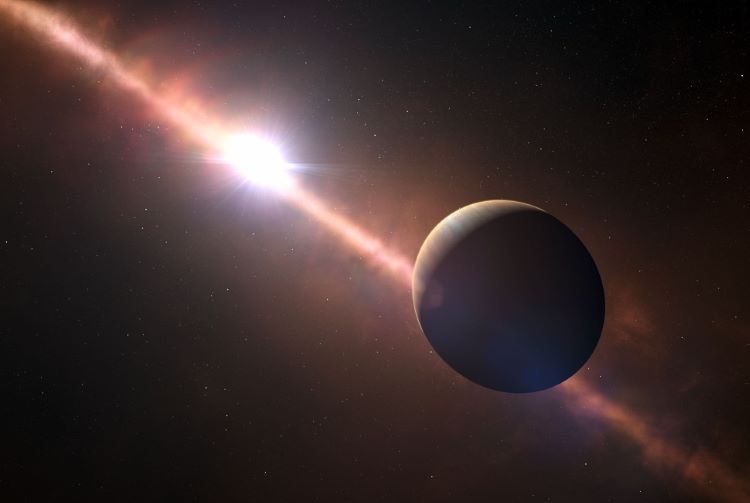
Searching for exoplanets is incredibly difficult given their literal astronomical distances from Earth, which is why a myriad of methods have been created to find them. These include transit, redial velocity, astrometry, gravitational microlensing, and direct imaging. It is this last method that was used to recently create a time-lapse video that compresses a mind-blowing 17 years of the partial orbit of exoplanet, Beta Pictoris b, into 10 seconds. The data to create the video was collected between 2003 and 2020, it encompasses approximately 75 percent of the total orbit, and marks the longest time-lapse video of an exoplanet ever produced.
Continue reading “Watch an Actual Exoplanet Orbit its Star for 17 Years”NASA is Helping to Develop a Mach 4 Passenger Jet
The concept of supersonic transport (SST) has been a part of the commercial flight and aerospace sector since the 1970s. But as the Concorde demonstrated, the technology’s commercial viability has always been hampered by various challenges. For starters, supersonic planes must limit their speed to about 965 km/h (600 mph) over land to prevent damage caused by their sonic booms. Given the potential for flying from New York City to London in about 3.5 hours, which otherwise takes about 8 hours on average, aerospace engineers hope to overcome this problem.
Since 2006, the NASA Commercial Supersonic Technology Project (CSTP) has been researching SST as part of its QueSST mission and the X-59 quiet supersonic aircraft to reduce sonic booms, thus removing a crucial barrier to commercial development. Recently, NASA investigated whether commercial supersonic jets could theoretically travel from one major city to another at speeds between Mach 2 and 4 – 2,470 to 4,940 km/h (1,535 to 3,045 mph) at sea level. These studies concluded that there are potential passenger markets along 50 established routes, which could revolutionize air travel.
Continue reading “NASA is Helping to Develop a Mach 4 Passenger Jet”
